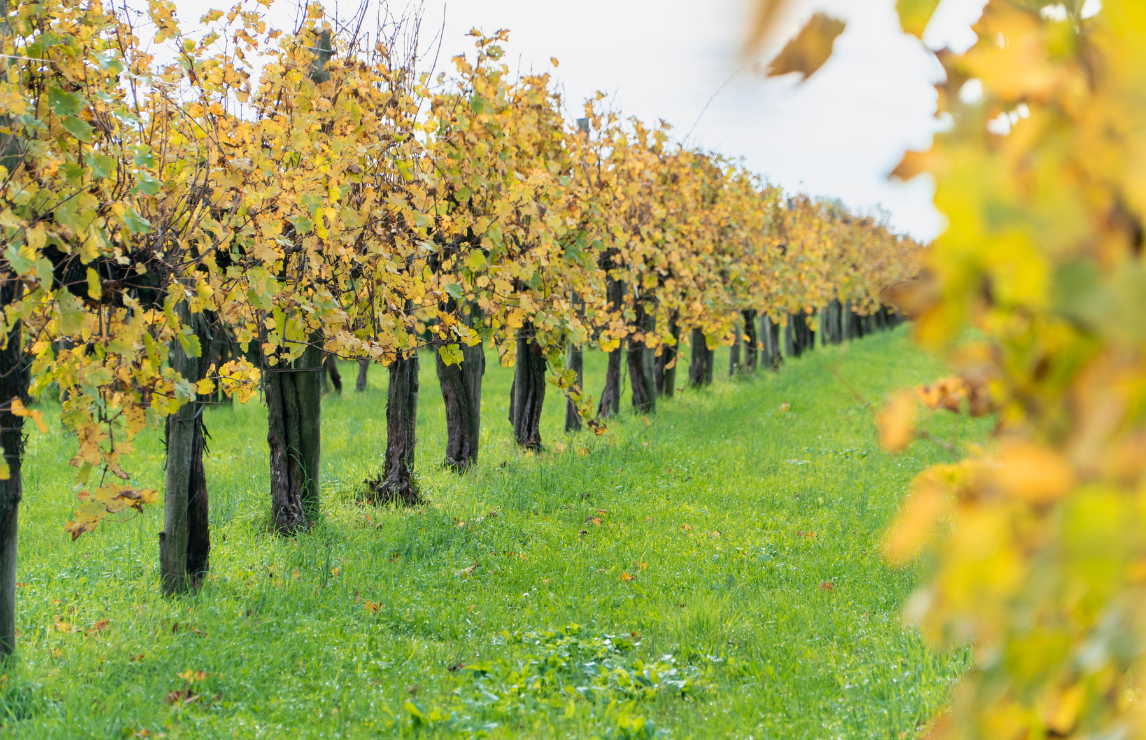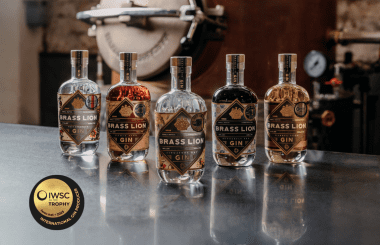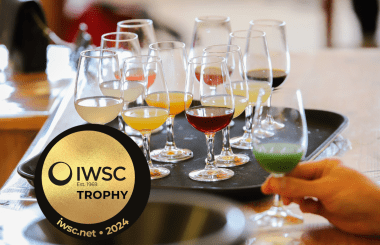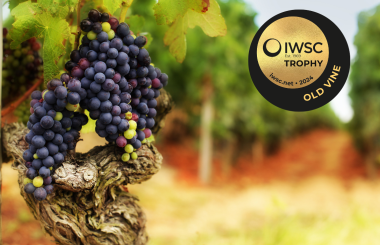Overview of The Old Vine Conference field trip
What is the value of an old vine? Is it a matter of quality – the older the vine, the deeper its roots, the more nutrients it takes from the soil, the richer the grapes it produces? Is it about stress – an old vine has to struggle harder to produce its few bunches, and those grapes will be smaller, more concentrated and more intensely-flavoured as result? Is it simply that we love those gnarled trunks clinging for decades to their patch of soil?
Or is it a combination of all those factors, and more? These are questions that the first The Old Vines Conference Field Trip, in Veneto in October, looked into in detail.
“Old vines are not a sentimenalist concept,” Conference founder Sarah Abbott MW said, opening the two-day event. The aim of the Old Vine Conference, she said, is “to build a credible wine category for old vines” – to demonstrate that their value goes far beyond the idea that we should love them for their beauty and longevity alone.
Abbott was joined by two eminent viticulturalists – Professor Mario Fregoni, past president of the Organization Internationale de la Vigne et du Vin (OIV) and the author of 300 research papers and 12 books, and Professor Carlo Petrussi, the world’s foremost expert on indigenous grape varieties, who since 2006 has been in charge of a monumental project to document all the historic and autochthonous vineyards of Colli Orientali del Friuli.
The field trip took place at the Faedis vineyard in eastern Friuli, and at Villa Bogdano in Lison di Portogruaro, 75km northeast of Venice. Both properties have ancient vines. Faedis, planted in 1896 by the Zani family is managed today by Claudio Zani, the fifth-generation descendant of the founder. Villa Bogdano, a 17th-century Venetian estate whose forests date back 1000 years, and whose oldest vines were planted in the 1880s, was taken over in 2016 by Domenico Veronese, a financier with a deep and informed commitment to the land he now stewards.
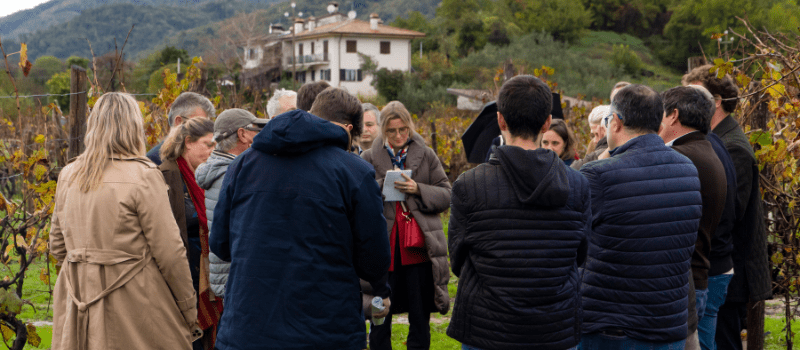
While awareness of the importance of old vines is growing, old vineyards (the Conference defines these as ones over 35 years old) are still under threat. This is especially true in this part of the world, where Prosecco reigns supreme. In 2000 Glera (the grape that makes Prosecco) accounted for 8.1 per cent of the vineyard surface in Veneto. In 2021, that share was 36.3 per cent. Accurate statistics are hard to find but across the world, Professor Fregoni said, “we have lost some 2.5m, or maybe 3m, hectares of old vines. We don’t want these old vines to become the panda of the wine world.”
Faedis is planted to a field blend of dozens of varieties, chief among them Refosco di Faedis, a variety unique to this vineyard, which was awarded its own subzone in 2011. The 0.6ha plot was unknown to the wider wine world until Petrussi discovered it in 1984, and registered the VCR5 clone Refosco di Faedis in 1987.
Standing amongst the vines, he said its protection was about more than the wine it makes. “It’s not only the vines themselves – it’s about techniques and cultures which have almost died out.”
These techniques include using pliant willow stems instead of wires between the vines, a practice which encourages biodiversity because willow has to be grown nearby. “Modern vineyards are planted with no trees, no gardens – and that means no bees,” Petrussi said. His point is that these old vineyards have evolved undisturbed, in symbiotic relationship with the vegetation around and within them. “This is learnt behaviour that has taken decades to get to this stage.”
This is what Abbott describes as the essential “somewhereness” of wine: these grapes couldn’t come from anywhere else. Indeed, for centuries Refosco di Faedis was simply known as Refosco Nostrano (Our Refosco). It wasn’t until Petrussi started delving into the grape’s history that he discovered it was unique to the area – it was not related to the similarly ancient Refosco dal Pedunculo, or the Refosco of Croatia
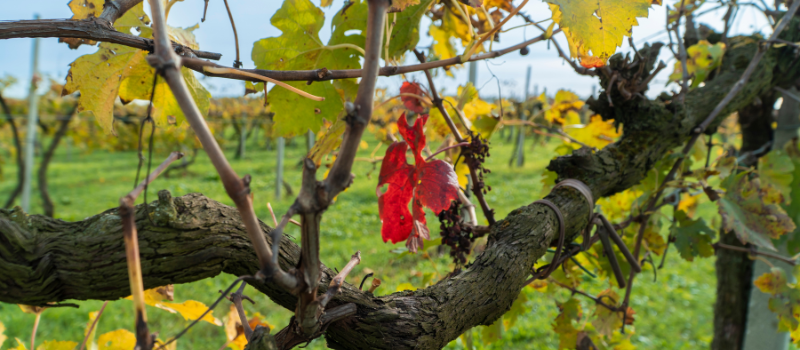
This adaptation to terroir becomes more important as the effects of global warming are felt in the vineyard. Research shows how the oldest vines developed deep root systems very early – “they sent them down like a cylinder,” Petrussi said. Those with the deepest roots have the greatest reserves of sugars and, closer to the water table, are able to withstand drought. He demonstrated that aggressively-fertilized vines, and those that are machine-planted, often grow roots horizontally at ground level. “If the root is at ground level, ten days without water and the vine is in crisis.”
At Villa Bogdano, Veronese and a team led by Petrussi are preserving not only the villa’s ancient vines, but also the original training and replanting techniques. The 117-vine parcel of a rare biotype of Tocai Friulano, planted in the 1880s, is trained in the Cassone Padovano method developed by Benedictine monks, which disappeared in the 1900s. Veronese explains how the method is ideally suited to the vigour of Tocai Friulano: “Vines are planted alternately at a 45 degrees angle, in the classic V-shape, allowing the plant to expand more laterally and dealing in this way with its higher vigour. It is an ideal form of training method for this type of grape variety and for our terroir. The main disadvantage is that such a method is extremely labour intensive, hence its loss of appeal when viticulture started to become more specialised at the turn of the previous century.”
Bogdano straddles the old and new viticultural worlds. The 18th-century estate encompasses a forest which dates back to the 12th century; its vineyards were planted between 1880 and 1960; modern plantings include Merlot and the heritage varieties Refosco dal Pedunculo and Malvasia Istriana. These old and new varieties are vinified in a winery with ultra-modern equipment including the latest vitrified concrete tanks. Veronese describes this as the perfect combination of “tradition and innovation”.
On the crucial question of whether old vines make better wine, there is a wide range of opinion. There are eminent winemakers from Sonoma to Coonawarra who will demonstrate that the older the vine, the more concentrated the flavour, but many hold the opposite view. “You and I will be no better at 100 than 40, and vines are the same,” Vega Sicilia owner Pablo Álvarez said recently. Vega Sicilia notably produces some of the world’s longest-lived wines – as do some of the greatest properties of Bordeaux and Burgundy – from vines that are little more than 30 years old.
That isn’t the point, Abbott said. “Quality in wine is a nexus of factors which is hard to define: there isn’t an ‘old vine’ flavour.” But there is a virtuous circle: the best producers gravitate towards old vines. “They can be deeply engaging to talented and motivated winemakers.”
Furthermore, “somewhereness” is embodied in old vines. “Typicity is the predicate of what we think of as quality in wine.” Old vines have survived because they are perfectly adapted to their place. “They are sustainable by their nature,” Petrussi said.
But sustainability isn’t all. An old vineyard must prove its economic viability as well: as Veronese says, “We need to have a profitable business.” He’s confident that consumers’ understanding of the importance of sustainability is growing, and this will guarantee the success of his venture.
“Quality and sustainability will be more and more a critical success factor in winemaking. After six years we have turned the corner and are seeing our beliefs vindicated: old vines are getting more and more traction and slowly consumers are accepting even in terms of pricing that they are dealing with a high quality product, respectful of consumers’ health, and preserving the environment.”
Abbott and her colleagues – who include some of the most eminent names in wine – are at the beginning of their mission to create a global community of understanding around the ecological, environmental and economic importance of old vines. The starting point is to get the message across that while their preservation might once have been a matter of aesthetics and sentimentality, it’s now a matter of survival.
In 2022 the IWSC and The Old Vine Conference launched the Old Vine Trophy, awarding a producer whose old vine wines not only perform well in the IWSC judging, but who also works to preserve and protect old vines and spread awareness of the importance of nurturing heritage vineyards.
